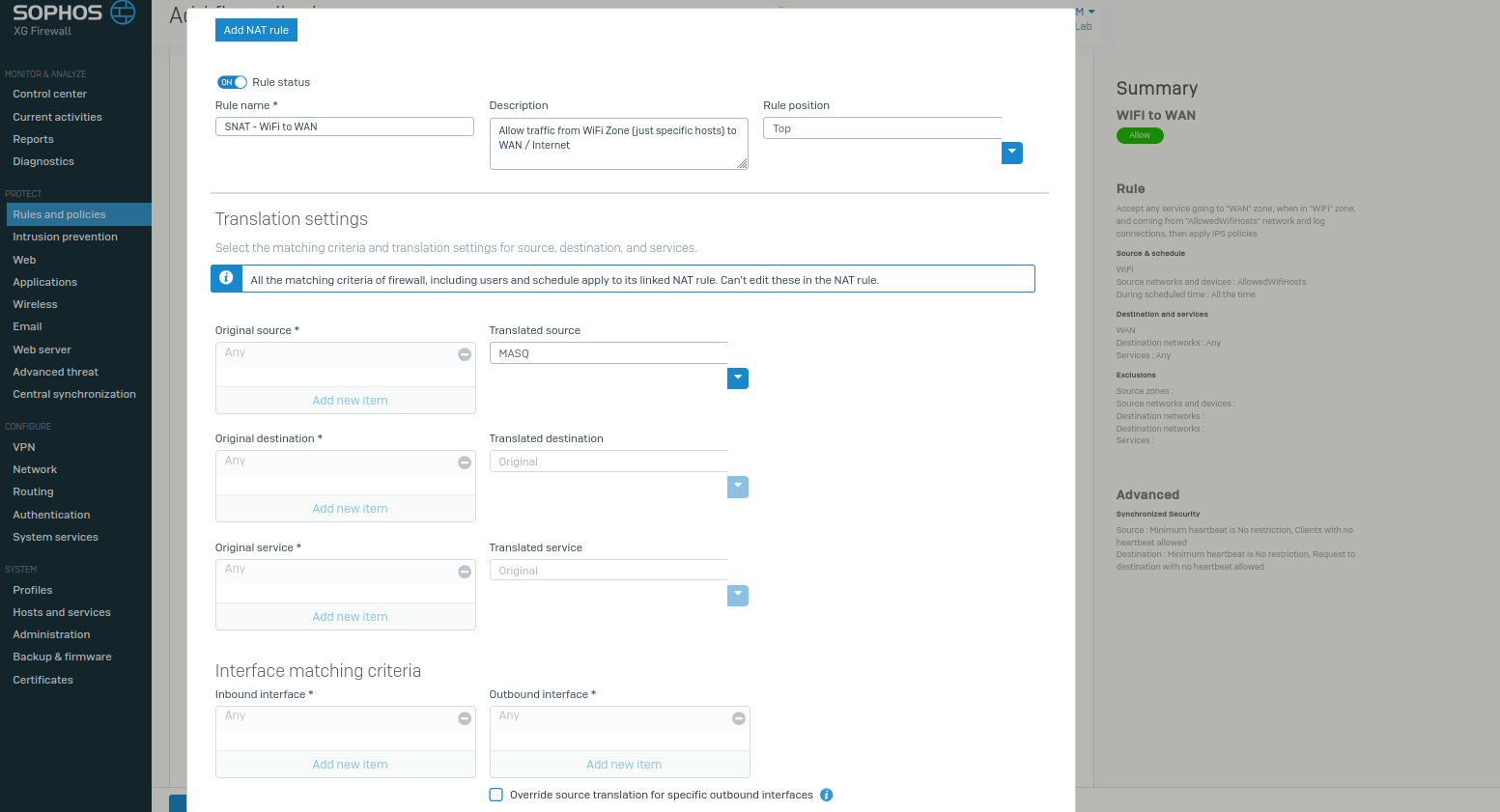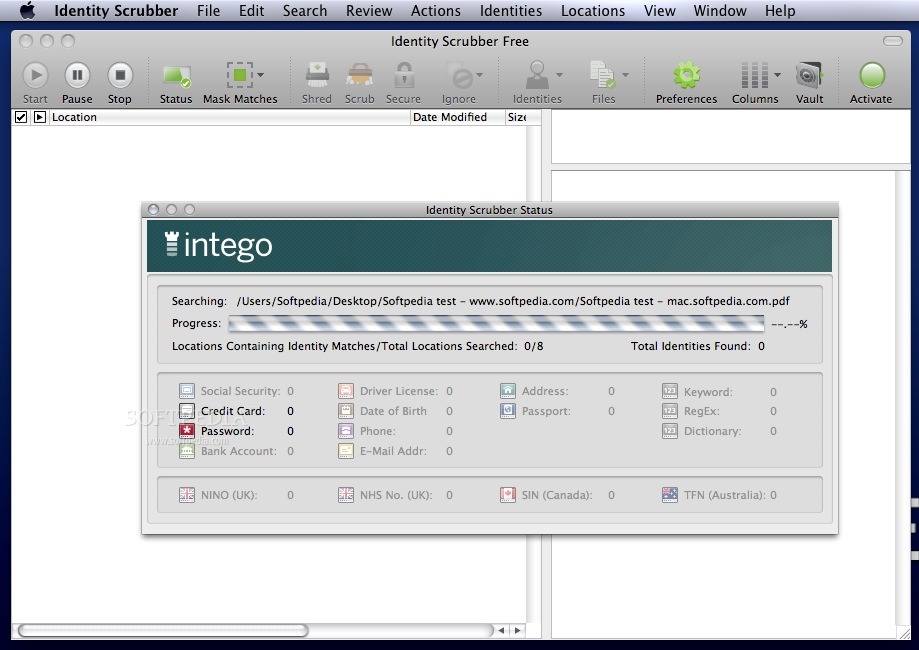

- #Add new rules to mac os firewall how to#
- #Add new rules to mac os firewall install#
- #Add new rules to mac os firewall update#
- #Add new rules to mac os firewall full#
- #Add new rules to mac os firewall software#
Enter your login details, and click UnlockĦ. In System Preferences, select Security & PrivacyĤ. You’ll find FileVault in your Mac security settings.ġ. To use FileVault, you need to have an administrator account, which you should have if you’re the owner of the Mac you’re using. Any Mac with an Apple T2 or M1 chip already encrypts data by default, but FileVault can add further protection by requiring a password to decrypt data. Using FileVault, you can encrypt the data on your main disk so it can’t be accessed by unauthorized users.
#Add new rules to mac os firewall update#
You’ll need to update third-party manually - although MacKeeper’s Update Tracker can help with this.
#Add new rules to mac os firewall software#
This will only look for macOS and Apple software updates. If any updates are available, it will let you know In System Preferences, click Software Updateģ.
#Add new rules to mac os firewall how to#
Here’s how to check for updates in macOS:ġ. This basic Mac safety tip can make a huge difference, so if some of your apps aren’t being updated any more, then it might be time to replace them. That’s why it’s so important to keep all your software up to date. Software developers often release security patches to stop hackers from exploiting weaknesses in their code. Make sure it says Standard in the New Account dropdown menu Keep everything updated
#Add new rules to mac os firewall full#
Fill in the Full Name, Account Name, and Password fields, and click Create UserĦ. Click the plus button under the user listĥ. Enter your username and password, and click UnlockĤ. Click the padlock icon in the bottom leftģ. This simple Mac security feature is ideal if you share your computer.Ģ. If you give them their own login, they can use your Mac, but they won’t have access to your data. Setting up users means you can stop other people from accessing your Mac and your files. From the Automatic login dropdown menu, select Off Set up new users Click Login Options under the user listĥ. Enter your login details, and click UnlockĤ. In System Preferences, click Users & Groupsģ. You can turn it back on in the security preferences for your Mac.ġ. With automatic login, you can avoid that, but anyone can then access your Mac. Disable automatic loginīy default, when you restart or turn on your Mac, it will ask you for your login details before allowing you to use macOS. Some of them are more useful than others, but they’re all worth knowing about, so you can make an informed choice about what to enable and what to leave turned off. These include a firewall, basic antivirus, a password manager and disk encryption. How to set up your built-in Mac securityĪs well as regular patching to keep it secure, macOS has built-in security features to protect its users. Quite simply, Macs can and do get viruses. Mac ownership is more common, so cybercriminals see them as a more worthwhile target than they used to be.Īt one point, Apple felt comfortable claiming Macs don’t get viruses, before it quietly ditched that idea around 2012. That’s changed as they’ve grown more popular. When they were still niche, they weren’t a target like Windows PCs were. M1 Macs, however, don’t have this problem so are considered to be more secure.īut Macs are not immune from malware. Unfortunately, this chip has been found to have an ‘unfixable’ flaw, so it’s not perfect. From 2018 to 2020, Intel Macs included the T2 Security Chip, which provides security features like encryption and secure boot. Many Macs have hardware-level security too.

Other macOS security features include a firewall and a basic antivirus system called XProtect, which aims to detect and block malware from running.
#Add new rules to mac os firewall install#
When you try to run or install software from outside the App Store, Gatekeeper will step in to verify it, and you’ll get the choice whether to proceed or not. MacOS also includes a feature called Gatekeeper, which makes sure only software from trusted sources is allowed to run on your Mac.

It also keeps a tight leash on who can release apps in the App Store, so rogue apps are unlikely to find their way on there. To its credit, Apple regularly releases security updates for macOS, which help to prevent criminals using flaws in the code to attack users.



 0 kommentar(er)
0 kommentar(er)
